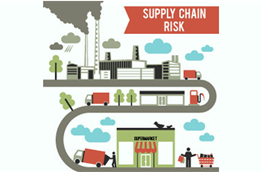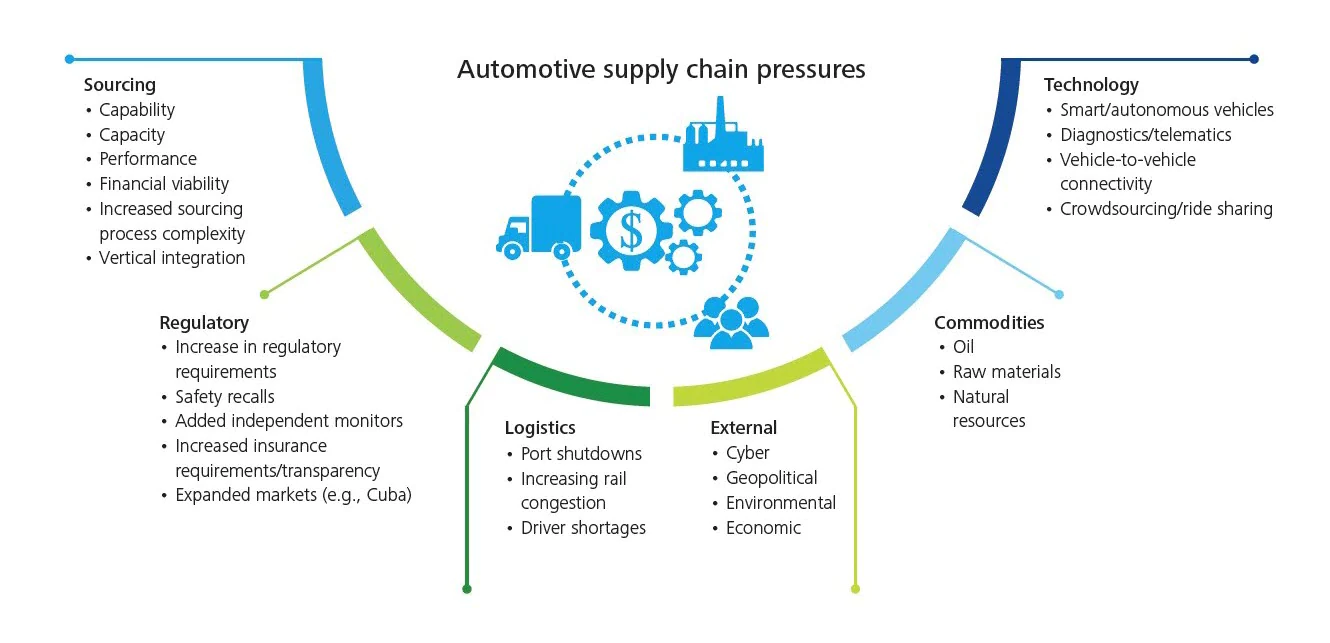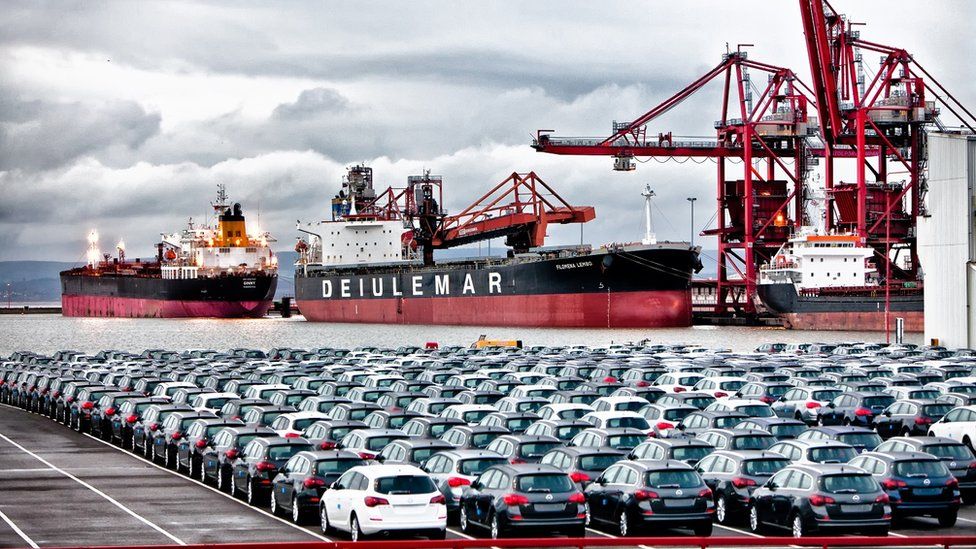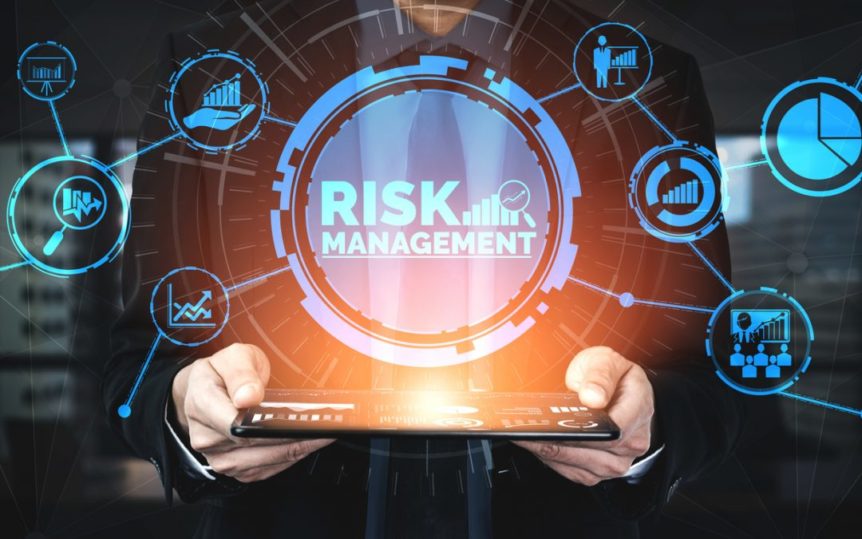 Risk in the Supply Chain
Risk in the Supply Chain
Risk comes in many different forms and is often hard to avoid. This is true even in the automotive industry. If these risks go unaddressed, it can lead to safety incidents, vehicle recalls or missed production targets (Smentowski, 2017). These incidents can also negatively affect the brands image, customer satisfaction and financial performance (Deloitte, 2021). The idea of supply chain risk management has always been present; however, the significance has been highlighted in recent events such as the shortage of semiconductors. More information regarding this can be found in our previous article Shortage in the Auto Industry. It is important to follow a well-planned out system to properly evaluate and manage risk.
Steps to Evaluate Risk
To properly deal with risk, there’s a four-step process that many companies have found to be efficient. First, the risk must be identified by monitoring, evaluating, and classifying the existing risk (Southern). Once the type of risk is determined, it is easier to come up with a plan to reduce the risk. Next, risk analysis and risk optimization can be conducted. This is when risk is qualified and minimized to reduce the impact of the risk. Lastly, predicting and preparing for future risk is essential to proper risk management. This can be done with an early detection system and reporting (Southern). If these steps are followed, risks can be greatly reduced.

Types of Risk
To perform proper risk identification, companies must first identify what type of risk it is. While risk is not limited to these categories, risk generally boils down to one of these: Safety, security, obsolescence, quality, transparency, and geopolitics (Smentowski, 2017).
Safety should be of top priority in any company. It can not only affect the employees and customers, but the company itself. The industry is highly regulated with many standards that guarantee certain safety and reliability requirements. If a company’s product doesn’t meet these standards, the product could potentially not even enter the market (Horvath, 2020). This poses a huge risk for suppliers.
Security is also becoming a bigger issue. With evolving technology, it is important to enforce proactive measures to protect cyber security and meet customer demands regarding security regulations (Riskmethods, 2021). Doing so will protect not only the company, but also the user.
Obsolescence refers to equipment or software becoming outdated. When equipment is in the process of being updated, productivity can be affected. That is why it is crucial to form a proactive life-cycle management that actively assesses assets and provides easy maintenance and access to space parts (Smentowski, 2017). Doing so will reduce the harmful impact of obsolescence.
 As for quality, this can never be sacrificed. It is vital to prevent defective and potentially dangerous vehicles from being used by customers (Smentowski, 2017). Quality risks can not only lead to physical harm, but decreased brand loyalty. It is important to not only have, but document quality checkpoints to differentiate the company’s product from competitors (Southern).
As for quality, this can never be sacrificed. It is vital to prevent defective and potentially dangerous vehicles from being used by customers (Smentowski, 2017). Quality risks can not only lead to physical harm, but decreased brand loyalty. It is important to not only have, but document quality checkpoints to differentiate the company’s product from competitors (Southern).
Transparency risks are very similar to quality risks regarding the customer. It is important for companies to appear visible at all aspects of the supply chain, including third parties (Riskmethods, 2021). End-to-end transparency in the supply chain is needed regardless of the size of the company (Jabil Inc., 2021). This will create a sense of security and loyalty for the customer.
 Another growing risk is geopolitics. These include things such as trade barriers, political conflicts, and currency conflicts. These issues can lead to material shortfalls, rising prices of commodities and delays or price surges for customs, handling, and quality control (Riskmethods, 2021). All these factors directly affect the company’s production and profit.
Another growing risk is geopolitics. These include things such as trade barriers, political conflicts, and currency conflicts. These issues can lead to material shortfalls, rising prices of commodities and delays or price surges for customs, handling, and quality control (Riskmethods, 2021). All these factors directly affect the company’s production and profit.
What to Focus On
There are so many things to think about when dealing with risks. One practice that has been found to be very affective in reducing risk in the automotive industry is multi or dual sourcing. This protects against supply chain disruption, which is especially important in the just in time manufacturing culture of the automotive industry. Multiple sourcing ensures enough stock for business to continue if they are not able to receive product from one of their providers or if the product is not up to standard. Not only this, but it can also greatly reduce costs and provide saving opportunities (Jabil Inc., 2021).

Multi-sourcing has a huge advantage along with sourcing locally. When suppliers are located near production, logistic costs like customs and handling are reduced drastically (Jabil Inc., 2021). There are also decreased chances of barriers and delays in delivery.
Another helpful risk management tool is easy access to quick data and information. Systems should be in place to provide instant knowledge to the company if there happens to be a supply chain disruption such as natural disasters, factory shutdowns, etc. Having access to real-time data on materials, orders, suppliers, and component information can lead to reduced errors and better performance (Jabil Inc., 2021). Being informed about country related tariff changes, emerging material or product shortages can aid in visualizing the impact on affected suppliers (Riskmethods, 2021). With up-to-date information, companies can make quick and affective decisions that result in the least number of complications.
 Many companies even rely on external providers to manage their risks. General Motors, for example, worked with Resilinc to develop the best end-to-end supply chain risk management (Banker, 2016). They offer fast supply chain data, cognitive mapping, AI-based monitoring, and information regarding the performance of the company (Resilinc, 2021). GM is now able to receive details on supplier impacts within a matter of hours (Banker, 2016). Relying on another company to oversee risks can be quite beneficial in regard to time and efficiency.
Many companies even rely on external providers to manage their risks. General Motors, for example, worked with Resilinc to develop the best end-to-end supply chain risk management (Banker, 2016). They offer fast supply chain data, cognitive mapping, AI-based monitoring, and information regarding the performance of the company (Resilinc, 2021). GM is now able to receive details on supplier impacts within a matter of hours (Banker, 2016). Relying on another company to oversee risks can be quite beneficial in regard to time and efficiency.
Risk cannot be completely eliminated; however, it can be greatly abated. It is important to note that there are five main types of risks, and they should all be addressed in proper risk management. Practices such as multi or nearby sourcing and access to rapid data are some of the best forms of managing risk in the supply chain.
Sources
Banker, S. (2016, May 31). General Motors embraces supply chain resiliency. Forbes.
Deloitte. (2021). Driving resilience in Automotive Industry Supply Chains: Deloitte Us. Deloitte United States.
Horvath, K. (2020, July 15). Risk management in automotive development. Intland Software.
Jabil Inc. (2021). Automotive Supply Chain: Why risk management is essential: Jabil. Jabil.
Resilinc. (2021, November 12). RESILINC end-to-end Supply Chain Risk Management Solutions.
Riskmethods. (2021). Managing risk in the Automotive Supply Chain: Riskmethods. Supply Chain Risk Management.
Southern Alberta Risk and Insurance Management Society. (n.d.). RISK MANAGEMENT IN AUTOMOBILE INDUSTRY. Sarims.
Smentowski, L. (2017, November 1). Risk management in Automotive Manufacturing: Stop Problems … Industry Week.
